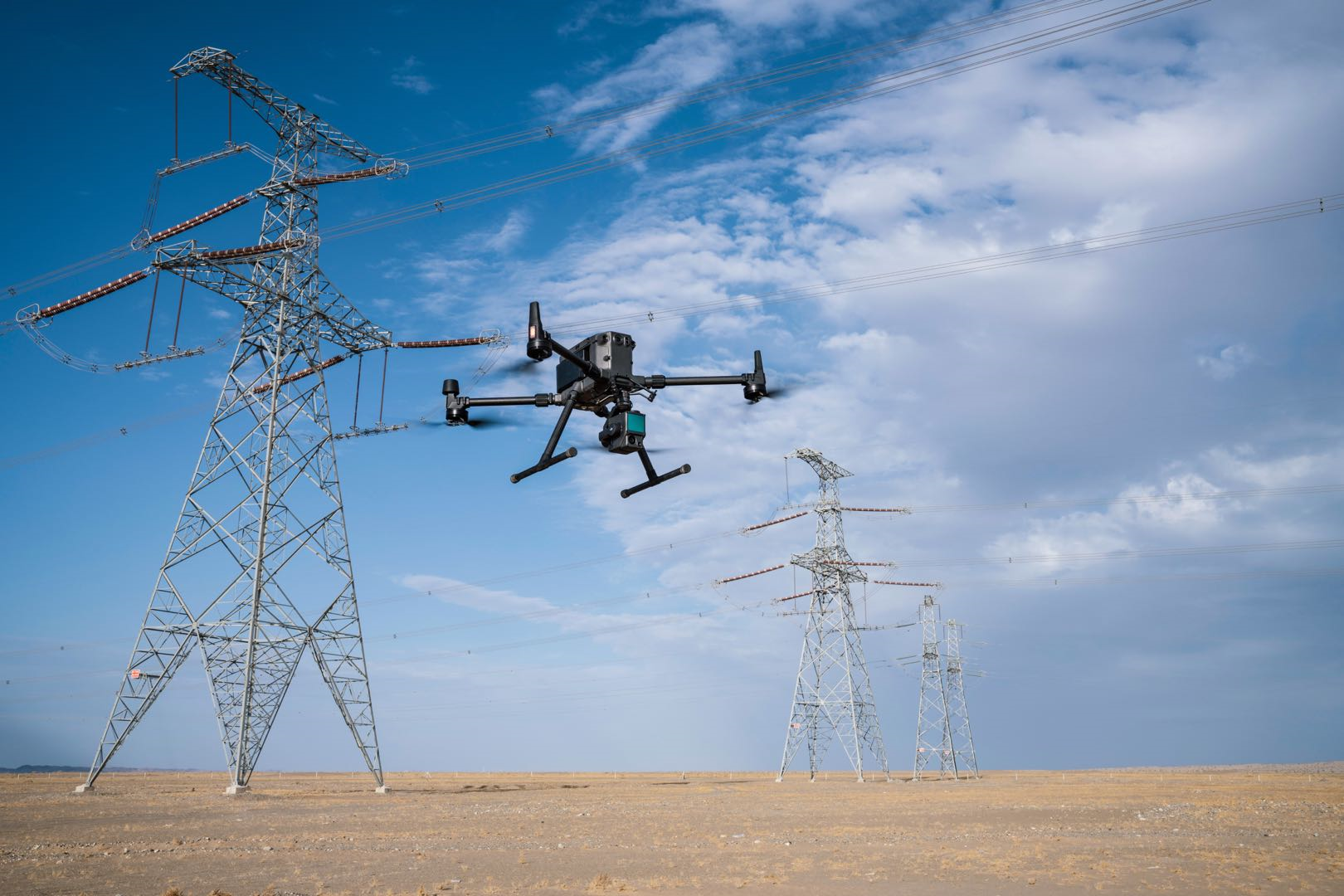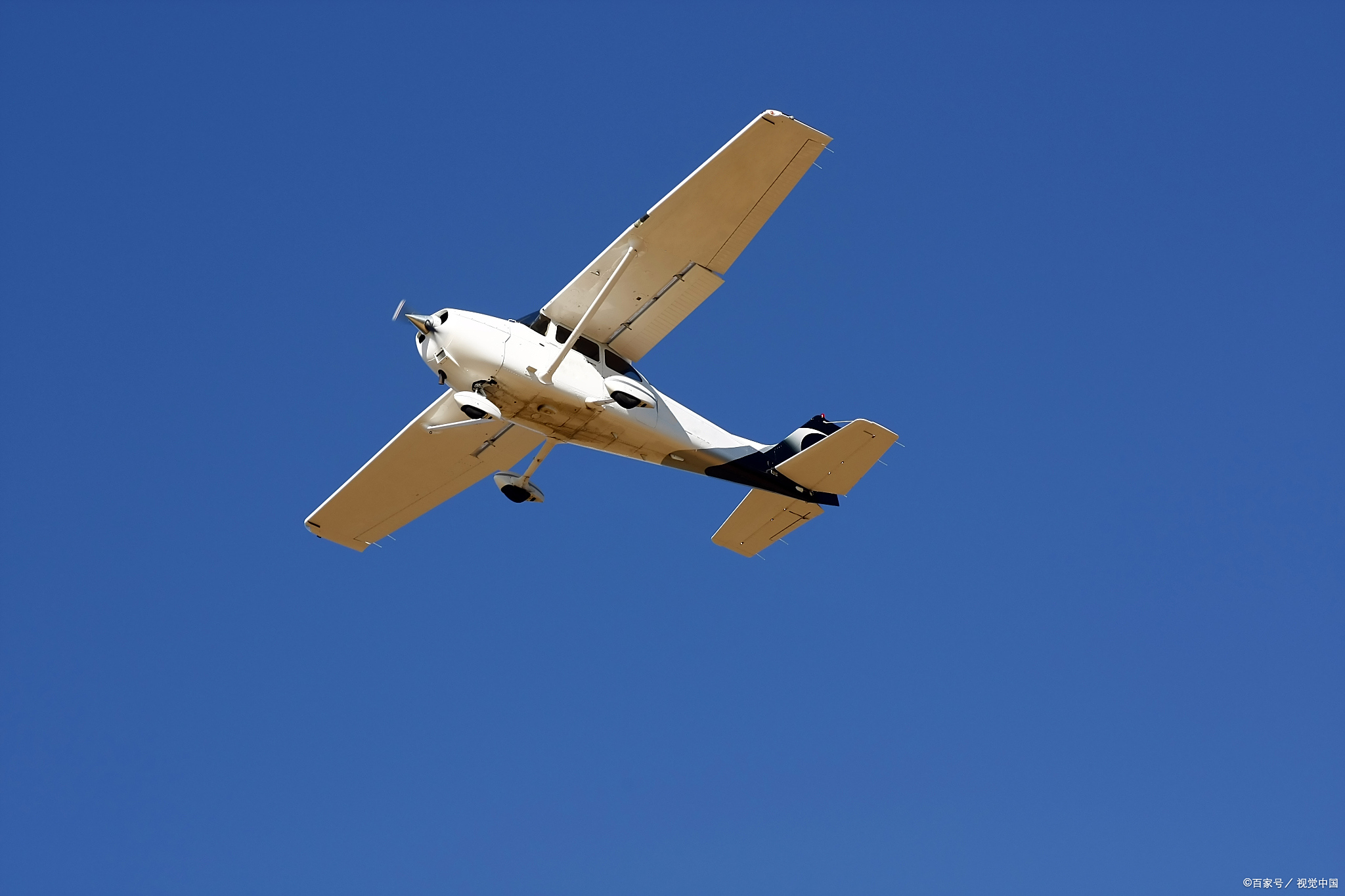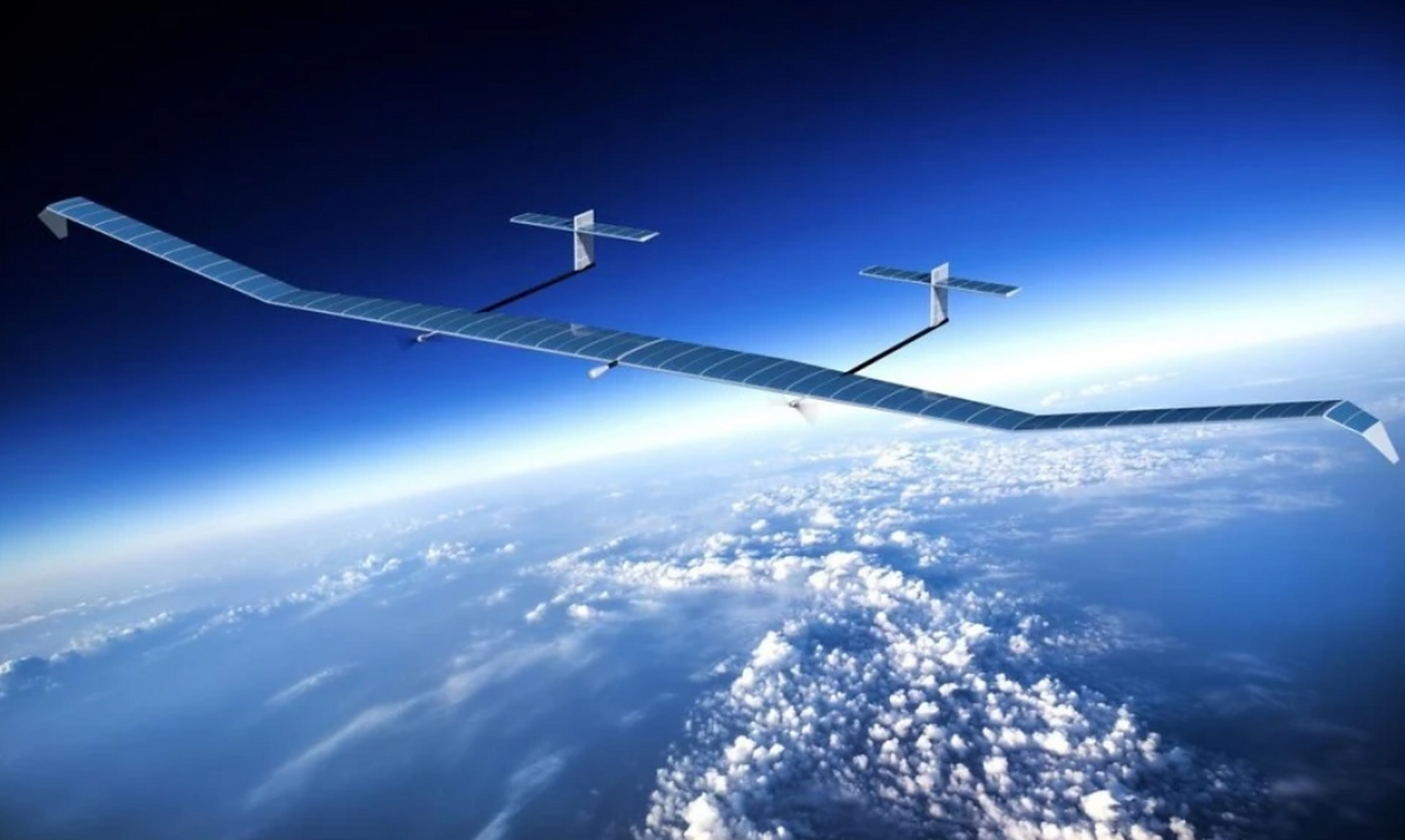Future trends in the development of low-altitude drone technology

After more than a century of development, low-altitude drone technology (usually referring to unmanned aerial vehicles flying at an altitude below 1000 meters) has evolved from remote-controlled aircraft used for military purposes in the early days to intelligent aerial vehicles widely used in civilian fields today.
The starting point of the basic technology stage:
The origin of drones and early low-altitude flight control
The concept of drones can be traced back to the First World War. In 1918, the first small flying bomb controlled by radio, known as the "Kettering Bug," emerged, which was regarded as the prototype of cruise missiles. However, due to poor accuracy and susceptibility to radio interference, the practical application of such drones progressed slowly. After the First World War, many countries used drones as target aircraft to train air defense forces; after the end of the Second World War, some countries converted a large number of surplus military aircraft into remotely piloted vehicles for tasks such as nuclear test sampling. During the Cold War, the demand for unmanned reconnaissance drove new explorations in drone technology, leading to the emergence of specially designed small tactical unmanned reconnaissance aircraft.
Advances in electronic technology have enhanced the flexibility and importance of drones, prompting some countries to attempt using remotely piloted drones from manned aircraft to carry out precision attacks. However, due to the immaturity of remote navigation technology at the time, drones faced bottlenecks in stable control and precise positioning. In the 1970s and 1980s, newly developed practical drone systems such as the "Reconnaissance" emerged in the military. Overall, the technical characteristics of this foundational stage were as follows: the basic problem of drones "being able to fly" was solved, but they mainly relied on manual remote control and simple autopilot systems (such as gyroscope stabilization devices) to maintain flight. Flight control and endurance performance were limited, and mature industrial applications had not yet been formed.
Evolution of core technology:
Key technological breakthroughs since the 1980s
Flight control system (flight control): In the early days, the flight control of drones was mainly achieved through radio remote control and simple stabilizers, with flight attitude being manually corrected in real time by ground personnel. Nowadays, the flight control system has evolved into the "brain" of drones, integrating autopilot, multi-sensor data fusion, and intelligent control algorithms to enable autonomous takeoff and landing, route following, and task execution. Modern flight control computers have significantly improved the stability and autonomy of drones, allowing them to maintain precise control of attitude and heading in complex environments. The introduction of artificial intelligence technology has further endowed the flight control system with autonomous learning and decision-making capabilities, pushing flight control from remote control to autonomous flight.
Navigation and positioning technology: Precise positioning is the prerequisite for drones to complete tasks. Early drone navigation mainly relied on ground radio beacons or pure inertial navigation, resulting in significant errors. The popularization of GPS global satellite positioning in the mid-1990s was a milestone: since 1995, drones have been able to use satellite signals to determine their position in real time, greatly improving navigation accuracy. After the completion of China's Beidou Navigation Satellite System, it has also been widely applied to drone positioning, making positioning services more precise and reliable, and empowering new applications in fields such as power inspection. Modern drones usually integrate multi-constellation GNSS (GPS, Beidou, etc.) and differential augmentation (RTK, etc.) to achieve centimeter-level positioning, providing high-precision position support for autonomous flight and formation.
Communication Link: The communication link has undergone a significant leap from analog to digital. In the early days, there were only narrowband analog remote control signals, with limited control range and anti-interference capabilities. Nowadays, digital radio, private network communication, and even cellular networks (4G/5G) have been introduced into drone communication. Especially, the low latency and high bandwidth characteristics of 5G make beyond-line-of-sight (BLOS) communication a reality: through the deep integration of navigation systems with 5G-Advanced (5G-A) networks, long-distance BLOS flight of drones has been successfully achieved, breaking through the traditional line-of-sight constraints. The highly reliable broadband communication network ensures the precision and safety of drone BLOS flight, avoiding risks such as position deviation caused by latency. This enables drones to receive remote commands, transmit high-definition image data in real time, and support cooperative communication among swarm drones.
Energy and Propulsion Systems: Advancements in energy technology have directly extended the endurance of drones. Traditional drones often rely on fuel engines or inefficient batteries, limiting their flight time. In recent years, the application of high-performance lithium batteries and brushless motors has spurred the vigorous development of small electric multi-rotor drones. The continuous improvement in battery energy density, coupled with high motor efficiency and simple maintenance, has contributed to the prosperity of consumer-grade drones. Meanwhile, the industry is actively exploring green energy sources. For example, the experimental application of hydrogen fuel cells in large fixed-wing drones has significantly increased flight duration and reduced carbon emissions. In the future, with advancements in battery technology and new energy sources, low-altitude drones will achieve longer range and better environmental performance.
Obstacle Avoidance and Environmental Perception: Early drones had little obstacle avoidance capability, posing high flight risks and requiring operation in open environments. Nowadays, obstacle avoidance and perception technology have become key components of drone automation and intelligence. The autonomous obstacle avoidance system of drones has roughly gone through three stages: obstacle perception, obstacle bypassing, and environmental modeling and autonomous path planning. To achieve these functions, various sensors are integrated and applied: ultrasonic ranging for short-range detection, which is mature but has limited range; infrared/laser ranging (TOF), which extends the detection range and can obtain the distance and partial outline of obstacles; binocular vision, which simulates the principle of the human eye to obtain depth information and achieve three-dimensional perception of obstacles; coupled with high-precision electronic maps, drones can also pre-understand terrain and no-fly zones. The integration of these obstacle avoidance and perception technologies has made it possible for drones to fly autonomously in complex environments, significantly reducing the rate of collision accidents, and has gradually become a standard feature of mid-to-high-end drones.
Future trend prediction:
Technological integration, intelligent clusters, and green innovation
Multi-technology integration empowers drone intelligence. Artificial intelligence (AI), 5G communication, new navigation and positioning technologies, etc., will be deeply integrated into drones, forming an "intelligent flight" system. On the one hand, AI will endow drones with stronger environmental perception and autonomous decision-making capabilities - through on-board neural networks, drones can identify targets, plan paths, and optimize flight control in real-time, enabling them to autonomously perform tasks even in complex dynamic environments. On the other hand, 5G-A/6G networks provide "high bandwidth + low latency" communication support, enabling real-time interaction and edge computing between drones and cloud AI platforms, accelerating the iteration and deployment of intelligent algorithms. At the same time, the new generation of communication networks can also provide high-precision location services (combined with BeiDou positioning enhancement), further improving the reliability of drone navigation.
Intelligent clustering and collaborative operations. Multi-drone collaborative drone swarm (swarm) technology is regarded as a disruptive technological direction. Through networked communication and swarm intelligence algorithms, drone swarms can enable a large number of drones to collaboratively complete tasks like "swarm" behavior, such as large-area search, formation performance, and saturation attack. Intelligent clustering requires solving a series of technical challenges, including cluster communication protocols, autonomous task allocation, and cluster collision avoidance. Currently, researchers have proposed multi-layer cluster control schemes inspired by swarm intelligence, enabling drone swarms to autonomously divide tasks, avoid collisions, and collaboratively complete tasks.
Automated unmanned systems and operational systems. Drones are evolving from being single products to becoming systematic and automated unmanned systems. Future drone systems will encompass full-process automation for autonomous takeoff and landing, charging and maintenance, task scheduling, and data processing. For example, "drone hive" parking aprons that automatically replace batteries or charge drones are being developed, enabling drones to perform tasks unattendedly and continuously for 24 hours. The Unmanned Traffic Management (UTM) system will automatically coordinate flight plans for a large number of drones to prevent air conflicts. The concept of autonomous intelligent unmanned systems is to complete complex tasks with little or no human intervention, which requires the integration of digital twins, robotics, and artificial intelligence. A typical example is the autonomous logistics drone system in unmanned warehouses, which can autonomously perceive the environment, coordinate with other robots, and operate efficiently through cloud-based scheduling. In the future, a dedicated drone operation network may emerge in the low-altitude domain: automated ground stations and cloud platforms will interface with user needs to intelligently schedule air drone resources. This highly automated operational system will greatly reduce labor costs, enable drones to truly "operate on demand," and also raise higher requirements for network security and system reliability.
Lightweight Aircraft and Green Energy. Under the trend of environmental protection and sustainable development, low-altitude aircraft will place greater emphasis on lightweight design and the use of clean energy. Advances in material science, such as new carbon fiber composites and 3D printed structures, will continue to reduce the self-weight of drones, improving their load-to-weight ratio and energy efficiency. Weight reduction not only extends flight duration but also reduces the risk of crashes and manufacturing costs, facilitating the widespread adoption of drones. In terms of propulsion, "green" will become a key word - electrification is the general trend, with small multi-rotor drones almost entirely powered by batteries. Meanwhile, on larger drones, clean energy solutions such as hydrogen fuel cells and solar cells are making progress. As hydrogen fuel cell technology matures, hybrid drones (fuel/electric hybrid, hydrogen-electric hybrid, etc.) may emerge, balancing long flight duration with high power output. Additionally, battery recycling and noise reduction design will also be included in green assessment indicators to ensure the ecological sustainability of the drone industry.
Industry standards and safety regulation are being upgraded. Facing new challenges brought by intelligence and clustering, it is necessary to establish air traffic rules for drones, data security standards, and ethical norms for AI decision-making in the future. Regulatory authorities may establish a low-altitude surveillance network with the help of 5G and Beidou to achieve real-time monitoring and control of drones, "making low-altitude aircraft visible, reachable, and manageable". In addition, anti-drone technology will also develop simultaneously to cope with the threat of "uncontrolled flight" and ensure the safety of low-altitude space.




